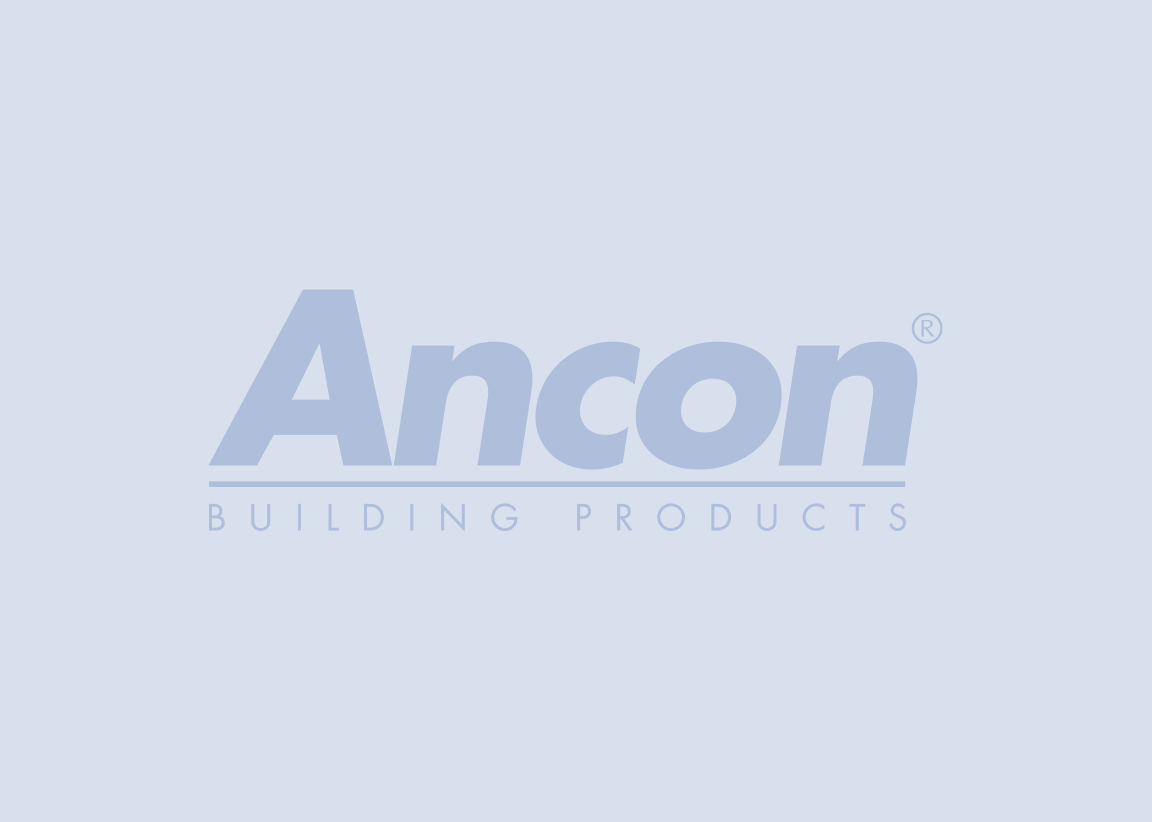Blog
Cavity Wall Tie Spacing and Appropriate Tie Lengths
This post discusses the most common problems associated with the incorrect use of cavity wall ties and how to overcome these. Read more

What is a wall tie?
Wall ties, sometimes called ‘brick ties’, are used in buildings with cavity walls. They are used to join the two leaves of a cavity wall together. Read more

Using shear load connectors in structural and civil engineering concrete projects
Presenting a range of projects where shear load connectors have assisted the design of reinforced concrete connections in both building and civil engineering contracts. Read more

Expansion and Contraction Joints in Concrete Construction
A discussion on how reinforced concrete must be designed and constructed to accommodate the inevitable movements that will take place. Read more

Connections in construction: reinforced concrete frames
Holding concrete structures together securely, connecting joints between slabs and transferring loads throughout the structure is the job of steel rebar couplers, reinforcement continuity systems, stud rails and shear dowels. Read more

Architectural Trends in Brickwork
In urban landscapes sometimes dominated by steel and glass, beautifully formed, gravity-defying brick facades can really grab the attention and provide a refreshing, sometimes challenging, contrast to the architectural vernacular. Read more

Suspended brickwork: four ways to create attractive soffits
Deep reveals and soffits are an increasingly popular design feature that add an extra depth and dimension to masonry façades. Creating these effects can be key to the aesthetics of the building but can pose engineering problems. We uncover four ways to suspend brickwork in our latest article. Read more

Dealing with redundant cast-in channels in close proximity to post-fixed anchors
Here, brick support specialist, Ancon, provides details of how redundant cast-in channels should be treated when located in close proximity to post-fixed anchors. Read more

Why are brick support angles manufactured from stainless steel?
This is a question Ancon’s Technical Services Team is regularly asked by those specifying and purchasing support systems for masonry cladding. Here, we outline the reasons why stainless steel is used in this application. Read more

Latest News
Leviat Launches New 300mm Type 4 Wall Tie for Wider Cavities
Leading construction accessories manufacturer, Leviat, announces the release of its new Ancon Staifix HRT4 300mm Wall Tie designed for use in wider walls with cavities ranging from 151-175mm. The addition of this product to the existing range will help specifiers and builders to meet the latest Part L regulations and achieve the more stringent U-values and building fabric requirements in the upcoming Future Homes Standard.
Enhanced Ancon IHR Head Restraints Now Accommodate 100mm Gaps Due to Customer Demand
Due to customer demand and changes to fire regulations, Leviat have successfully re-engineered the Ancon IHR range of internal head restraints, now accommodating gaps at the wall head of up to 100mm, extending the previous maximum of 75mm.
